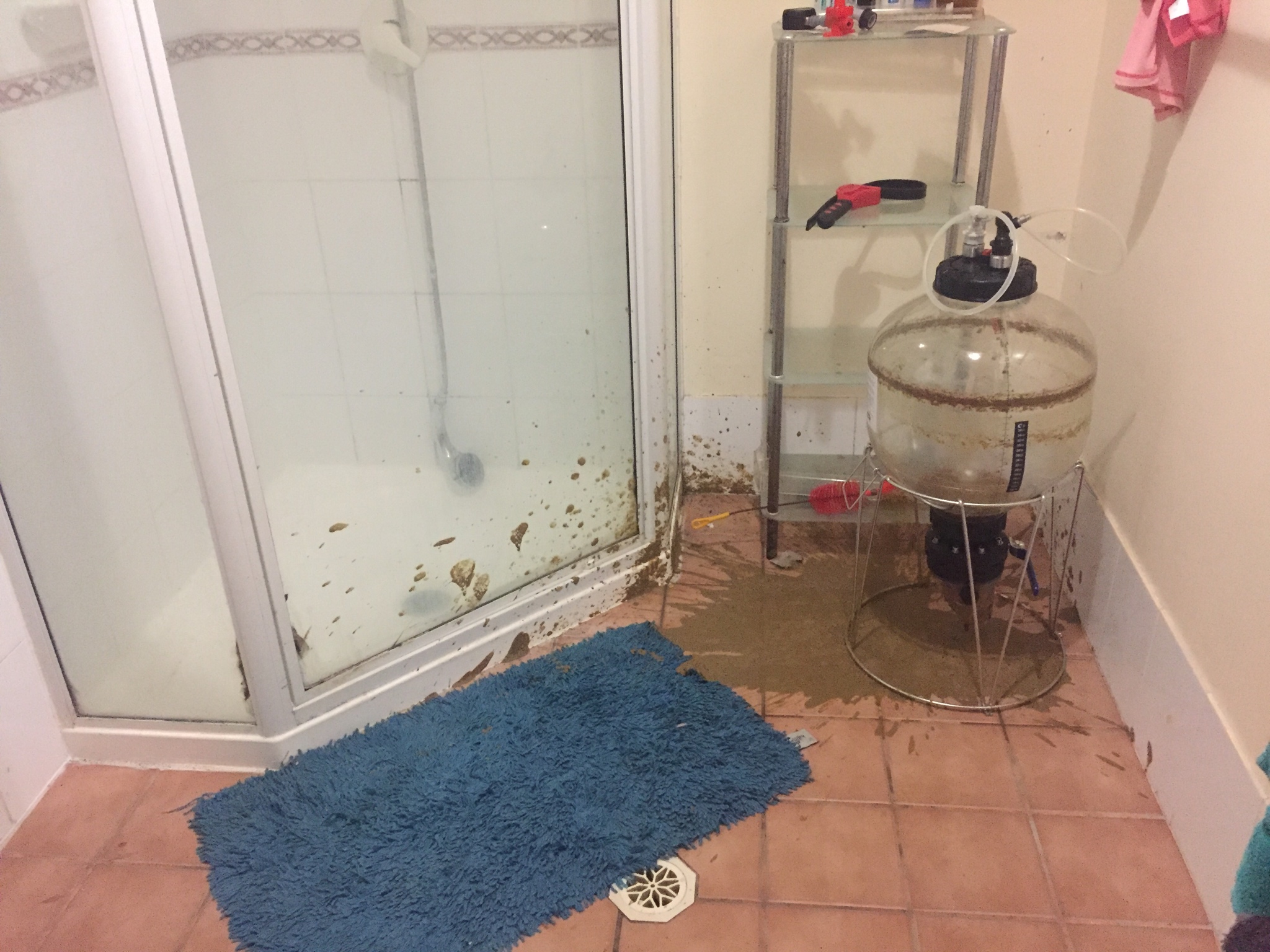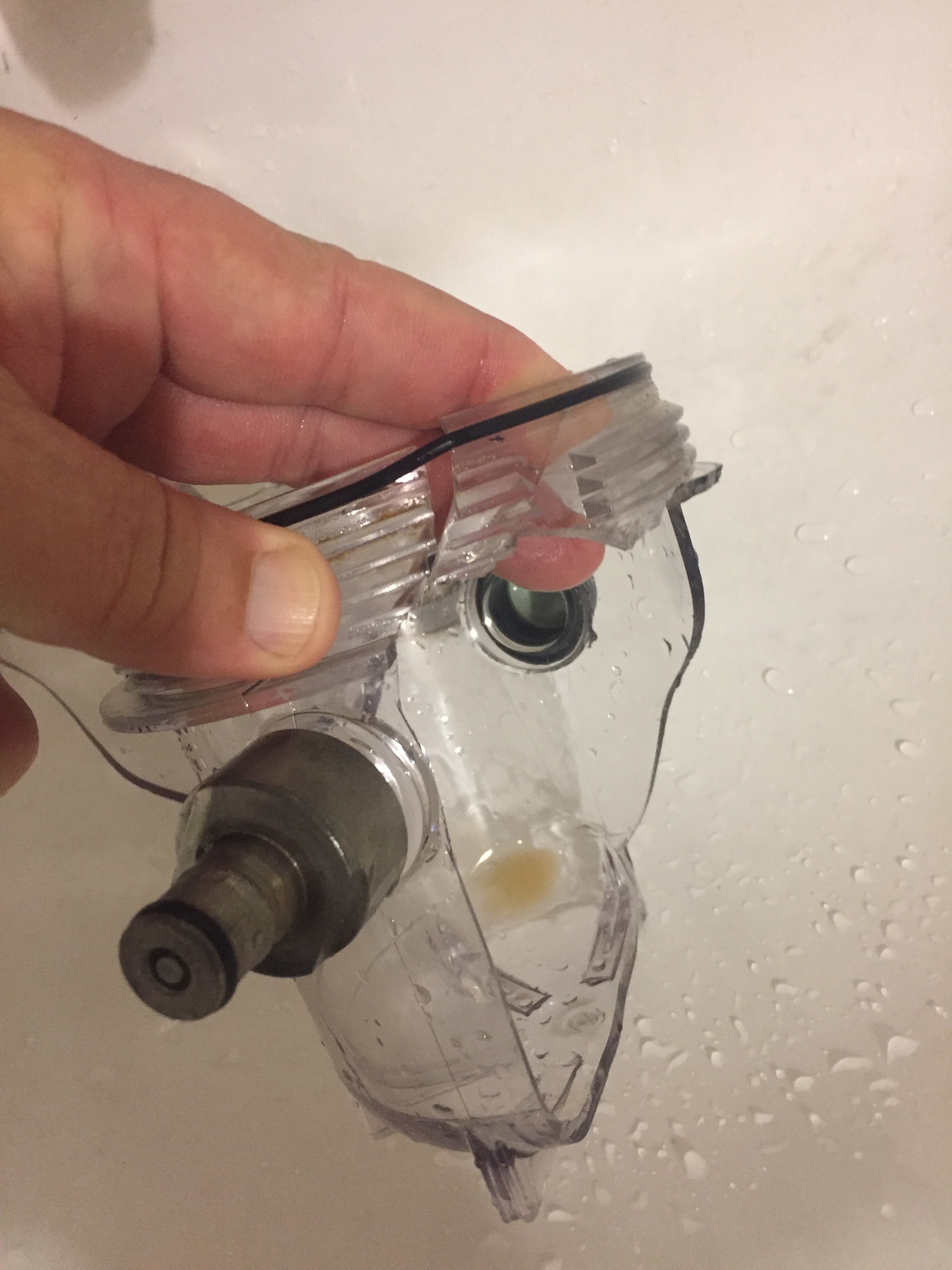We have heard of a few leaks but given the number of FermZilla units that have been sold I would say the leaks would be in the vicinity of less than 1%. I would say significantly less leaks in FermZilla units than the white HDPE fermenters.
I should also mention that the stock standard FermZilla fermenters come with 2.1mm o-rings and we originally went with this o-ring because it was slightly easier to pull the lid off. With that said the small 2.1mm cross section thickness is easy to damage and doesn't give very high o-ring compression. So we are going to also stock a 2.4/2.5mm o-ring very soon and this makes the lid a tighter fit and more then doubles the o-ring compression. We have found that these give a more reliable seal but just requires a bit more force to remove the lid. These should be on our website in a couple weeks. So if you have purchased a FermZilla and want to try this out I am sure we can throw a free couple of these onto your next order if you like.
At the end of the day if you can identify a problem, we are confident that we can almost always find a solution.
I should also mention that the stock standard FermZilla fermenters come with 2.1mm o-rings and we originally went with this o-ring because it was slightly easier to pull the lid off. With that said the small 2.1mm cross section thickness is easy to damage and doesn't give very high o-ring compression. So we are going to also stock a 2.4/2.5mm o-ring very soon and this makes the lid a tighter fit and more then doubles the o-ring compression. We have found that these give a more reliable seal but just requires a bit more force to remove the lid. These should be on our website in a couple weeks. So if you have purchased a FermZilla and want to try this out I am sure we can throw a free couple of these onto your next order if you like.
At the end of the day if you can identify a problem, we are confident that we can almost always find a solution.






